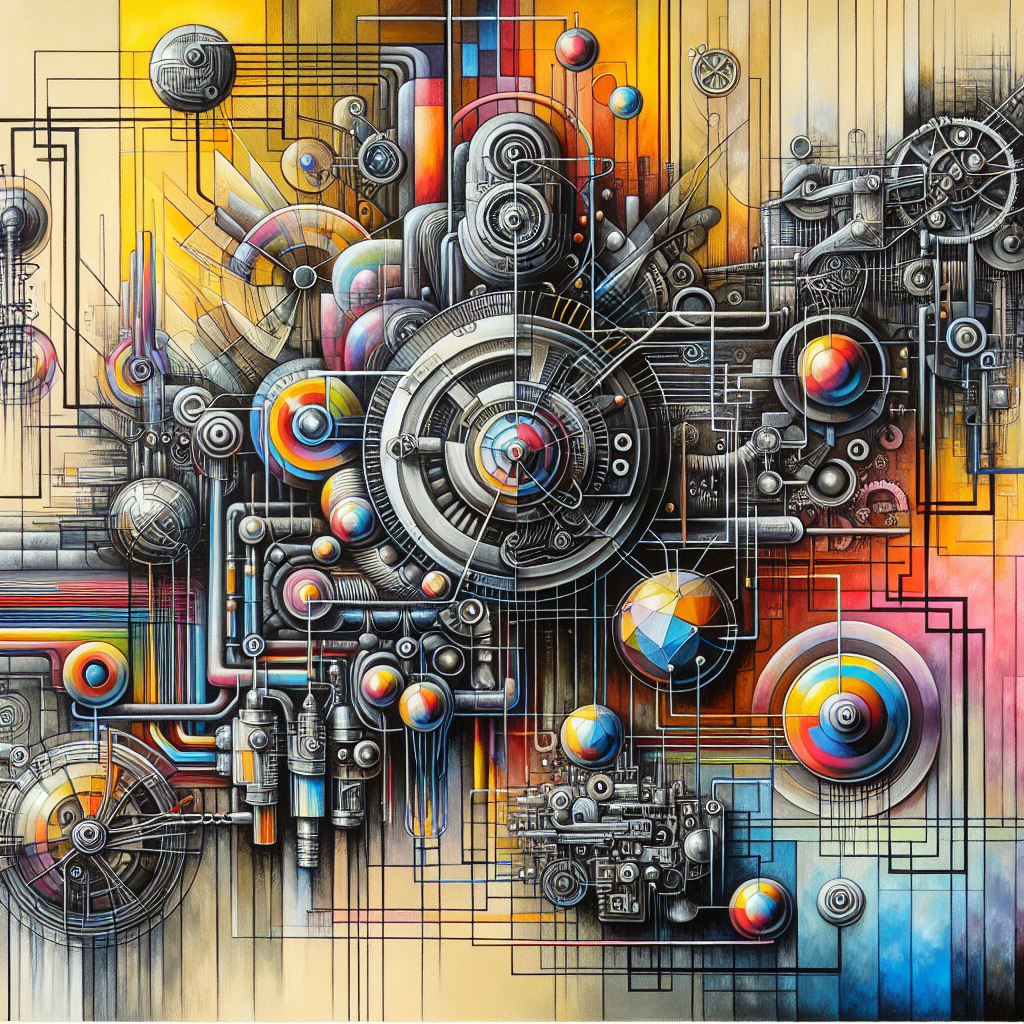Deskripsi meta tentang analisis karya seni: teknik dan gaya adalah penilaian terhadap elemen visual dan teknik yang digunakan dalam sebuah karya seni.
Analisis Karya Seni: Teknik dan Gaya
-
Table of Contents
Introduction

Art has always been an integral part of Indonesian culture, with a rich history that dates back centuries. From traditional forms of art to contemporary expressions, Indonesian artists have showcased their creativity and talent through various techniques and styles. In this article, we will delve into the analysis of artwork in Indonesia, exploring the different techniques and styles employed by artists to convey their messages and evoke emotions.
Traditional Art Techniques
1. Batik
Batik is a traditional Indonesian art form that involves the application of wax and dye on fabric to create intricate patterns and designs. This technique has been practiced for centuries and is deeply rooted in Indonesian culture. The process of creating batik involves applying hot wax to the fabric using a canting (a tool with a small spout) or a brush, followed by dyeing the fabric. The wax acts as a resist, preventing the dye from penetrating the areas covered, resulting in beautiful patterns and designs. Batik is not only visually appealing but also holds significant cultural and symbolic meanings.
2. Wayang Kulit
Wayang Kulit is a traditional form of shadow puppetry that originated in Java and Bali. It involves the use of intricately carved leather puppets that are manipulated behind a backlit screen. The puppeteer tells stories from ancient epics, such as the Ramayana and Mahabharata, using these puppets. The puppets are skillfully crafted and intricately designed, with each character having its own unique appearance. The puppeteer uses various techniques to bring the puppets to life, including manipulating their limbs and using different voices to portray different characters. Wayang Kulit is not only a form of entertainment but also a way to preserve Indonesian folklore and cultural heritage.
Contemporary Art Styles
1. Realism
Realism is a popular art style in Indonesia, characterized by the accurate representation of subjects in a lifelike manner. Indonesian artists often use this style to depict everyday scenes, landscapes, and portraits. Realism requires great technical skill and attention to detail, as artists strive to capture the essence of their subjects with precision. This style allows viewers to connect with the artwork on a deeper level, as it portrays familiar subjects in a relatable and recognizable way.
2. Abstract
Abstract art is another prominent style in Indonesia, where artists use shapes, colors, and forms to create non-representational artworks. This style allows for greater freedom of expression and encourages viewers to interpret the artwork based on their own perceptions and emotions. Indonesian abstract artists often draw inspiration from nature, spirituality, and cultural symbolism. Through the use of bold colors, dynamic brushstrokes, and unconventional compositions, abstract art in Indonesia challenges traditional notions of representation and invites viewers to explore their own interpretations.
Combining Traditional Techniques with Contemporary Styles
In recent years, there has been a growing trend among Indonesian artists to combine traditional techniques with contemporary styles. This fusion of old and new creates unique and innovative artworks that bridge the gap between tradition and modernity. Artists experiment with different mediums, such as digital art, mixed media, and installations, while incorporating traditional elements like batik patterns, wayang characters, and cultural symbolism. This blending of techniques and styles not only showcases the versatility of Indonesian artists but also reflects the evolving nature of Indonesian art in a globalized world.
Conclusion
The analysis of artwork in Indonesia reveals a diverse range of techniques and styles that reflect the country’s rich cultural heritage and artistic innovation. From traditional forms like batik and wayang kulit to contemporary styles like realism and abstract art, Indonesian artists continue to push boundaries and explore new avenues of expression. The fusion of traditional techniques with contemporary styles further highlights the adaptability and creativity of Indonesian artists. Whether it is through intricate patterns, lifelike representations, or abstract forms, Indonesian art captivates viewers and invites them to appreciate the beauty and complexity of the country’s artistic traditions.







